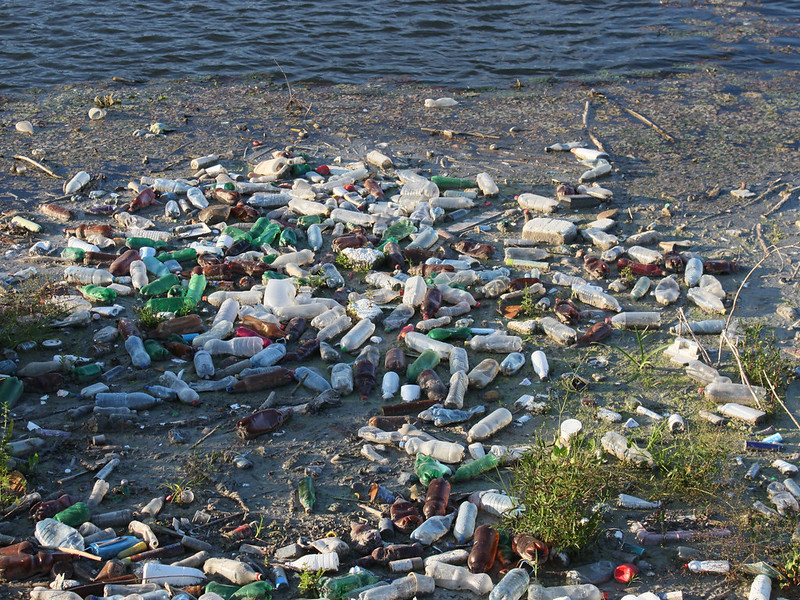

Photo: Emiliam Robert VIcol
Congress needs to step in to address the growing prevalence of microscopic plastic filaments and other plastic waste in U.S. water sources, a panel of environment and conservation experts told lawmakers Tuesday.
Scientists have for years been sounding the alarm about microplastics, small-scale plastic debris that can include fibers from synthetic clothing, plastic pellets used in manufacturing or broken-down fragments of larger plastic goods.
The minuscule plastic waste has found its way into ecosystems, drinking water and even the human body — recent studies have found plastic particles circulating in human bloodstreams and embedded in the placentae of pregnant women.
During a hearing Tuesday in the Senate Committee on Environment and Public Works, a panel of witnesses warned lawmakers that while experts are still learning about the potential adverse health effects such plastic waste could have on humans, the possibilities are concerning.
Water, the necessary elixir of life, is a primary means for the movement of micro- and nanoplastics into people.
“We have accumulating evidence that as these microplastics degrade into smaller sizes, they can elicit inflammation, cellular toxicity and myocardial damage,” said Susanne Brander, an associate professor at Oregon State University’s College of Agricultural Sciences.
Studies conducted on rodents, which researchers use to model human health outcomes, show that exposure to microplastics in drinking water can affect reproductive health and the condition of the gut microbiome, Brander said.
Chemicals used in the production of plastic, when absorbed via contaminated water, can also be harmful to humans, said Sherri Mason, director of sustainability at Penn State’s Behrend College. They’ve been linked to fertility issues such as decreased sperm counts in men, as well as a host of other conditions including obesity, autism and developmental issues.
“Many of these are known to be carcinogens or endocrine disrupting chemicals,” Mason said, “which means that they mimic hormones, the chemical messengers of the body.”
Mason told lawmakers that experts know less about the harmful effects of the plastics themselves, what is known should be concerning — especially regarding how microplastics find their way into the human body.
“Water, the necessary elixir of life, is a primary means for the movement of micro- and nanoplastics into people,” she said.
Clothing and dishwashers are two significant sources of waterborne microplastics The average load of laundry can generate nearly nine million plastic microfibers, and dryers produce even more, Brander said. Dishwashers, especially ones that use detergent pods in plastic casings, generate thousands of microplastics.
“A medium-sized town could emit over 300 million microplastics on a daily basis,” Brander said.
Because these tiny plastic filaments are drained […]
Full article: mavensnotebook.com
Clean water is essential for life, yet millions of Americans unknowingly consume contaminants through their…
Human brains contain higher concentrations of microplastics than other organs, according to a new study, and the…
From the Office of the Governor: In anticipation of a multi-day, significant atmospheric river in Northern California,…
From Governor Newsom: Scientists, water managers, state leaders, and experts throughout the state are calling…
Photo: A harmful algal bloom in Milford Lake, Kansas, made the water appear bright green.…
An expanded plastic foam coffee cup is at a donut shop in Monterey Park, California.…